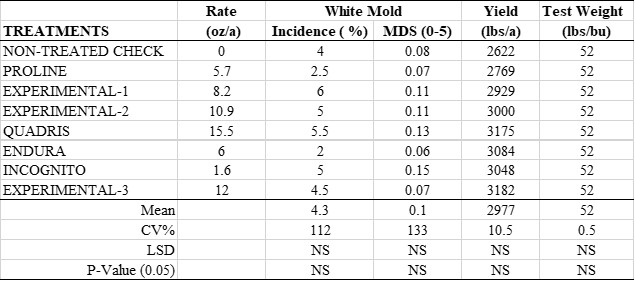Title
2021: Evaluation of Fungicides to Manage White Mold in Canola
(Research Report, Langdon REC, December 2021)File
Publication File:
Evaluation of Fungicides to Manage White Mold in Canola- 2021
Availability
Availability:
Web only
Publication Sections
